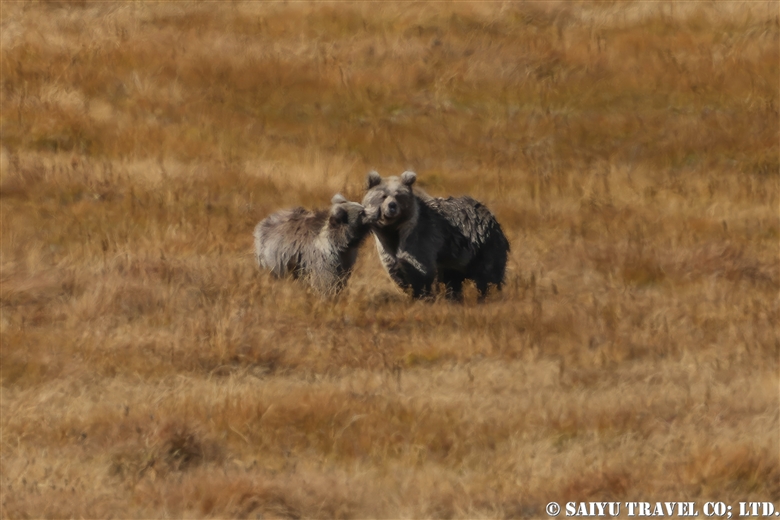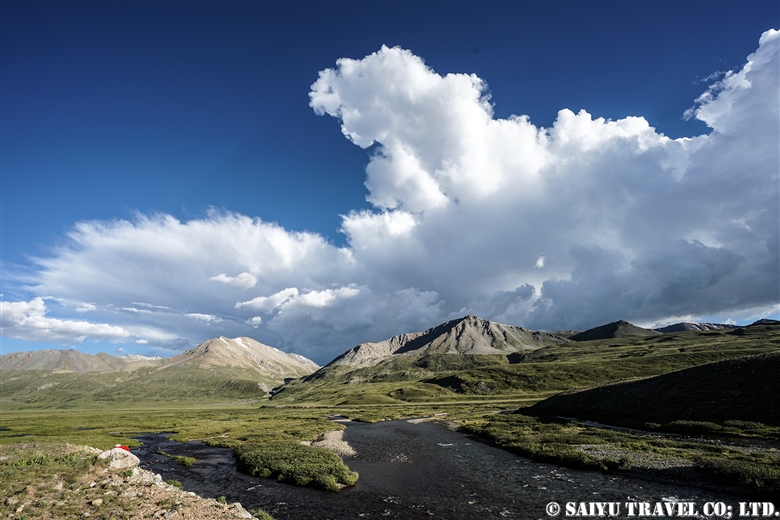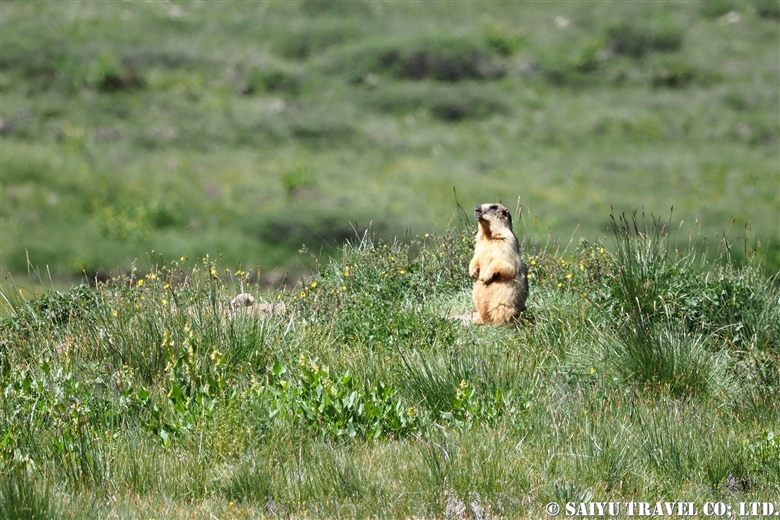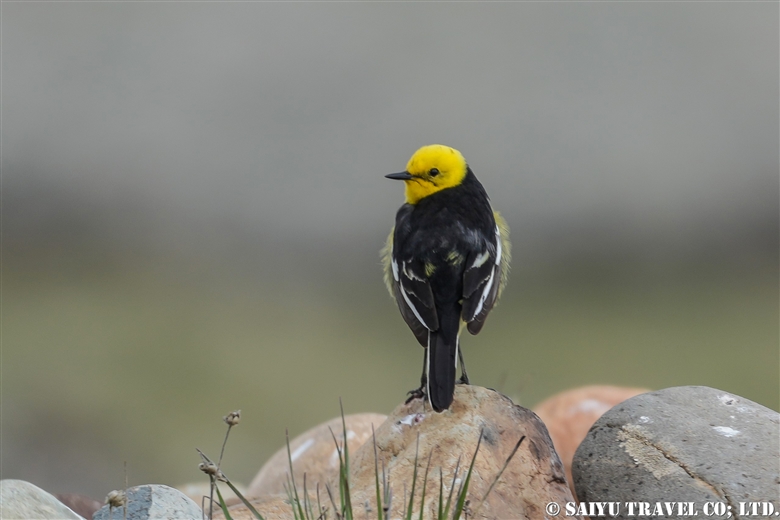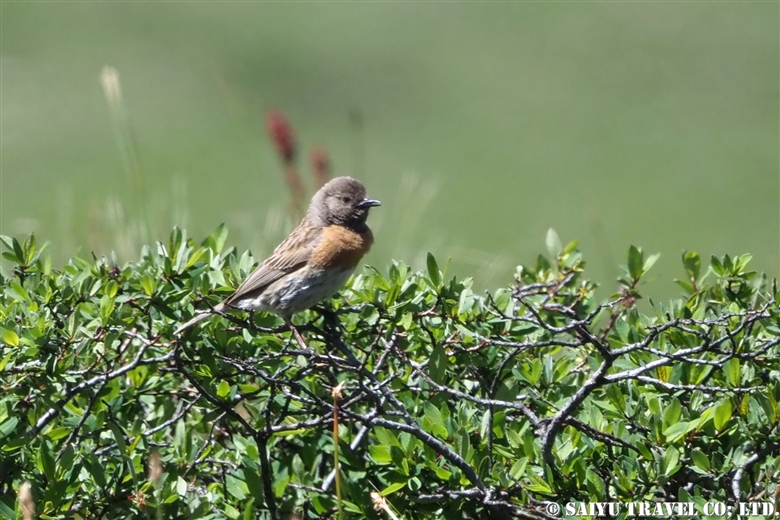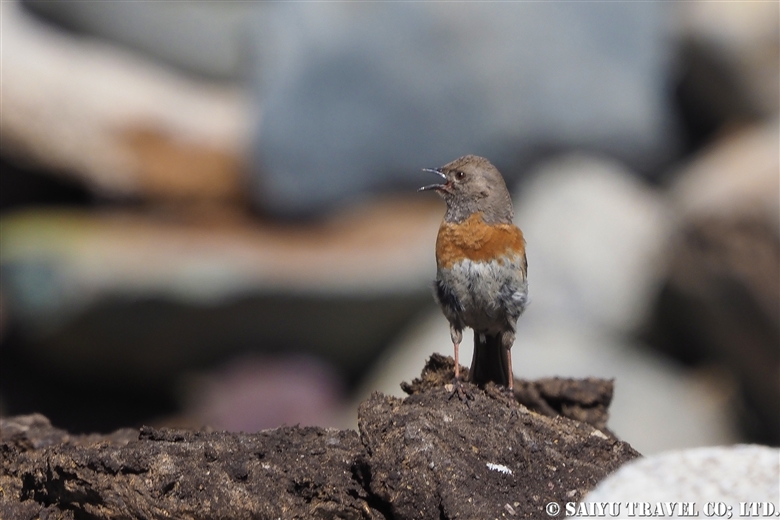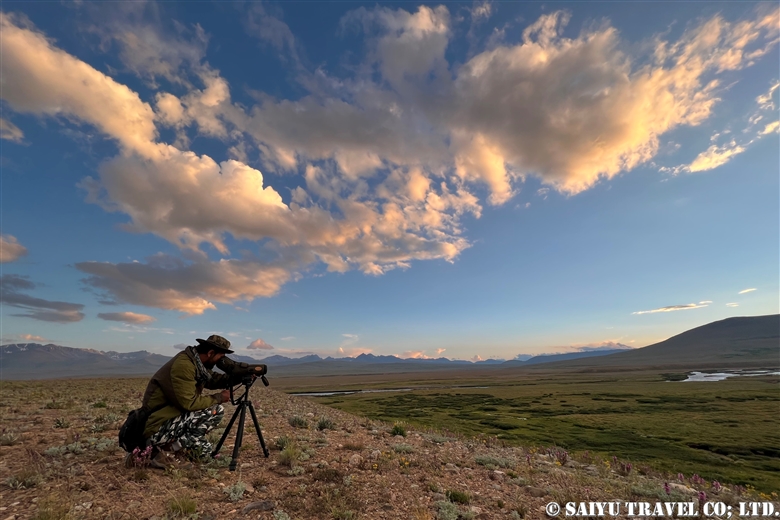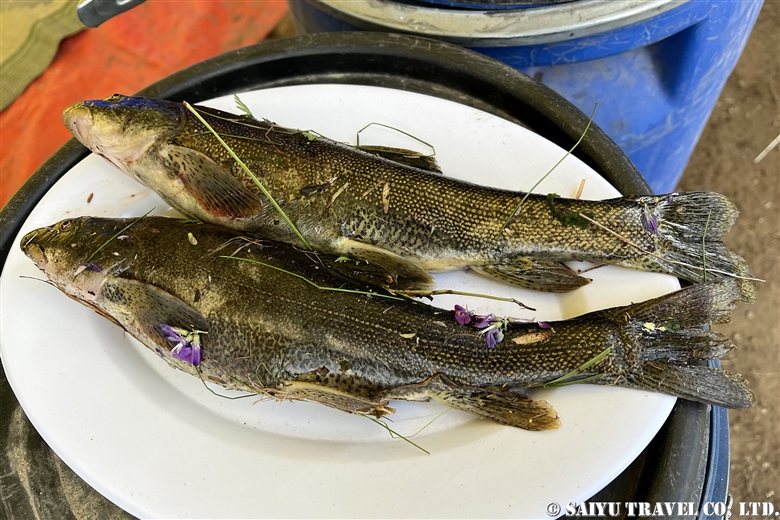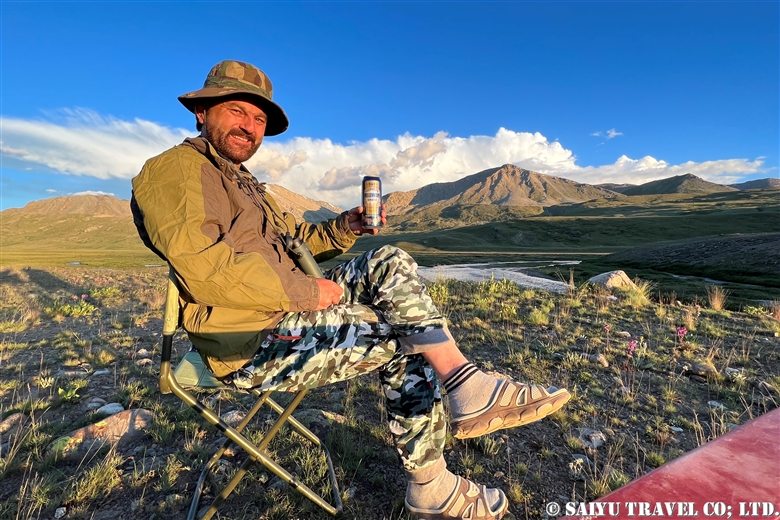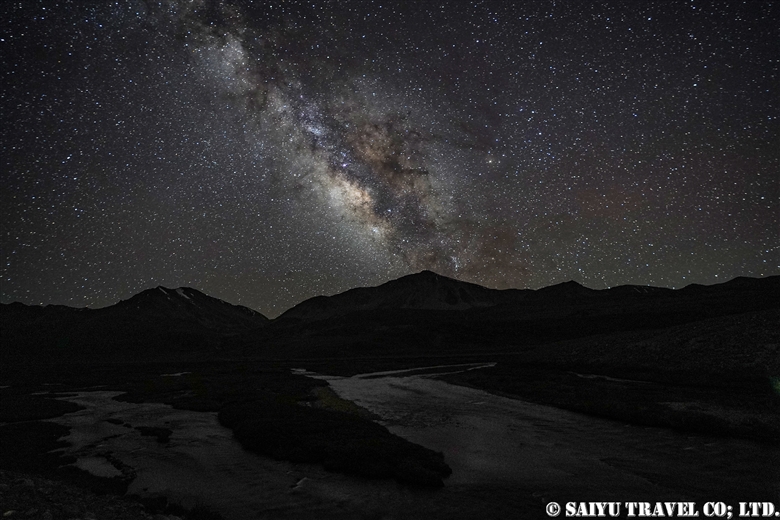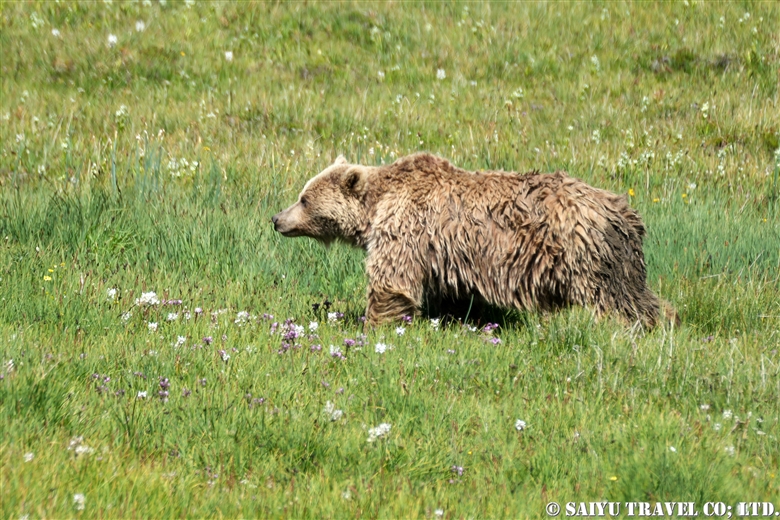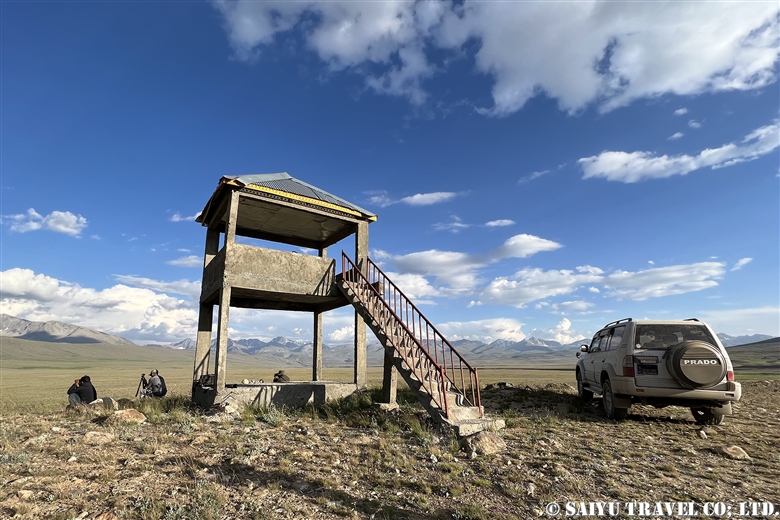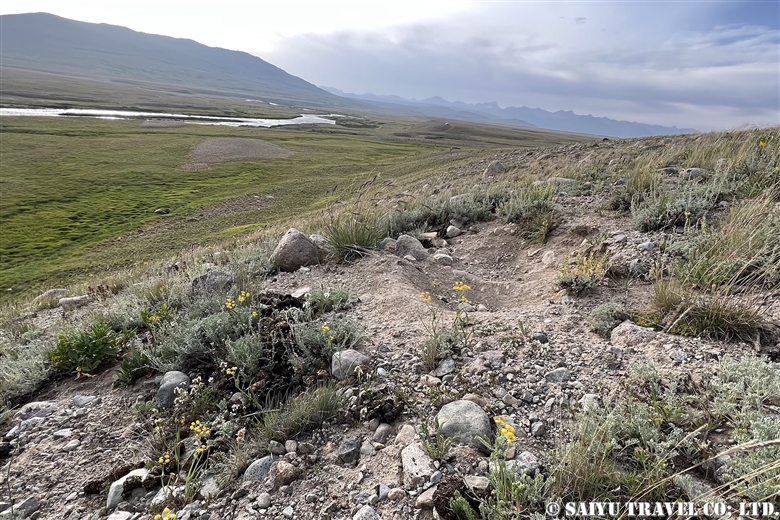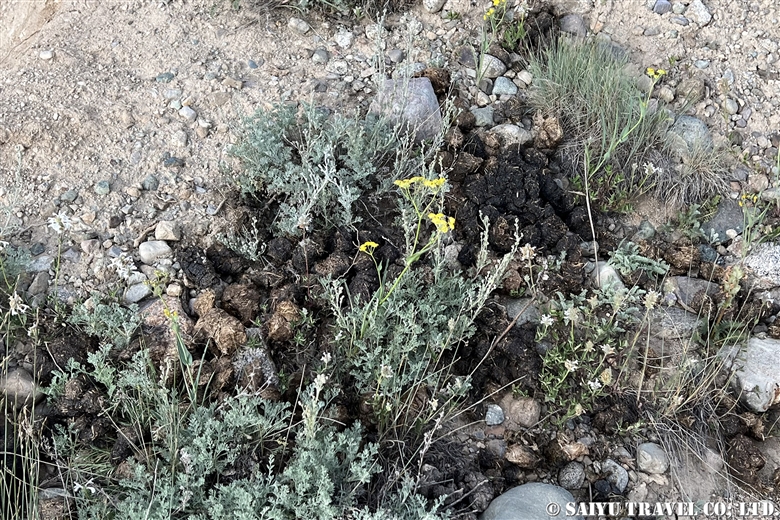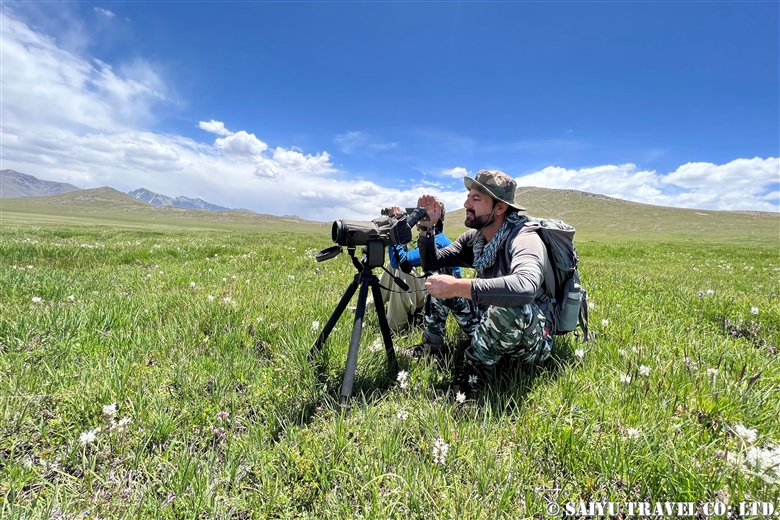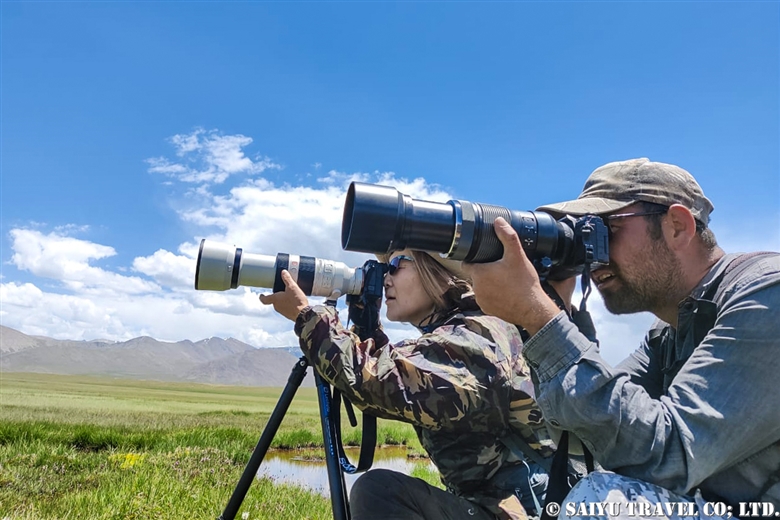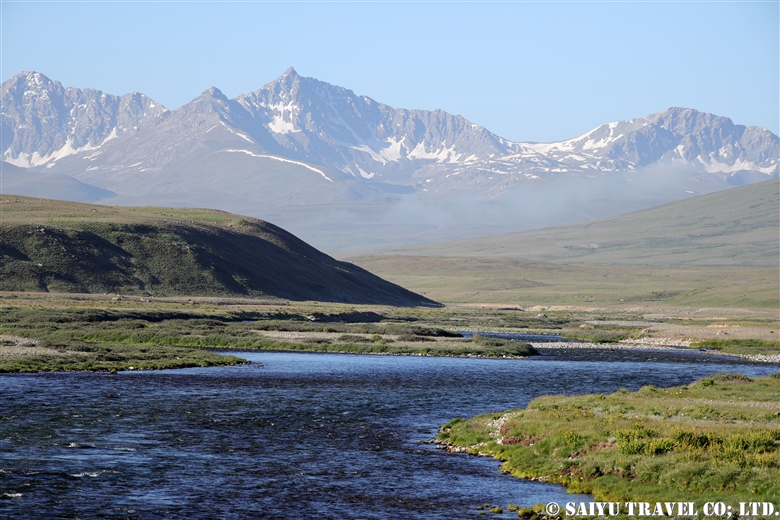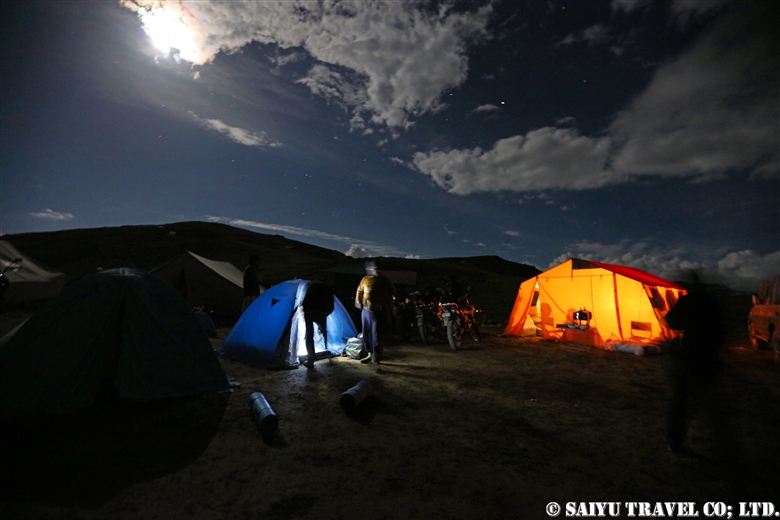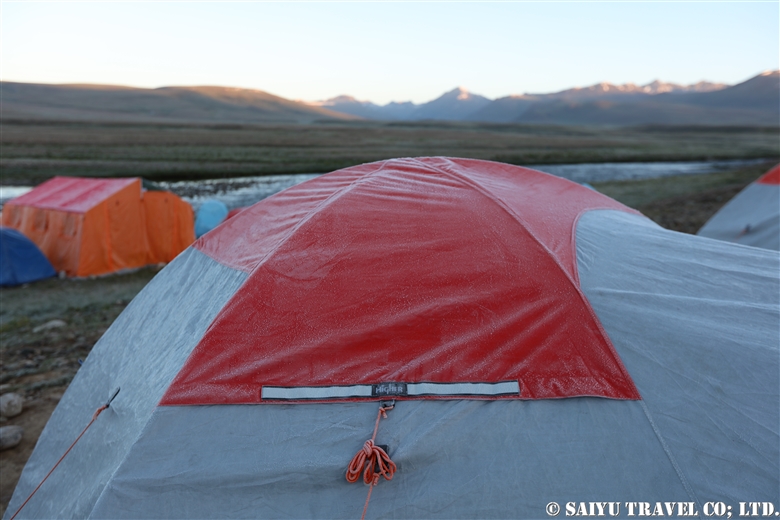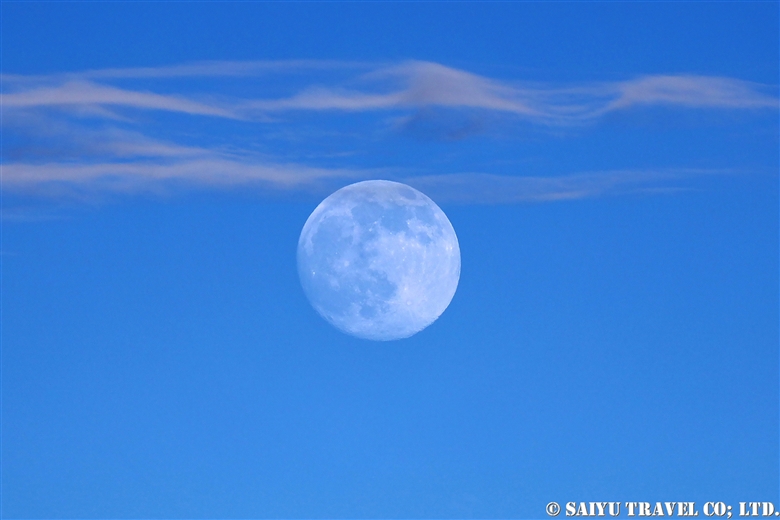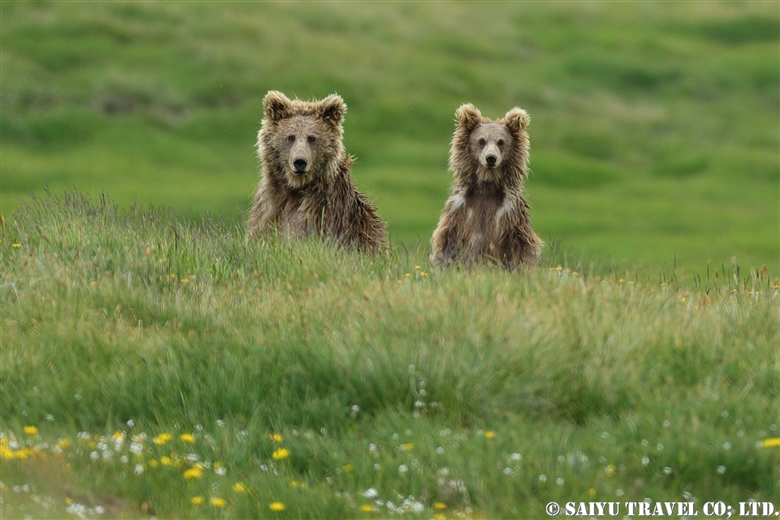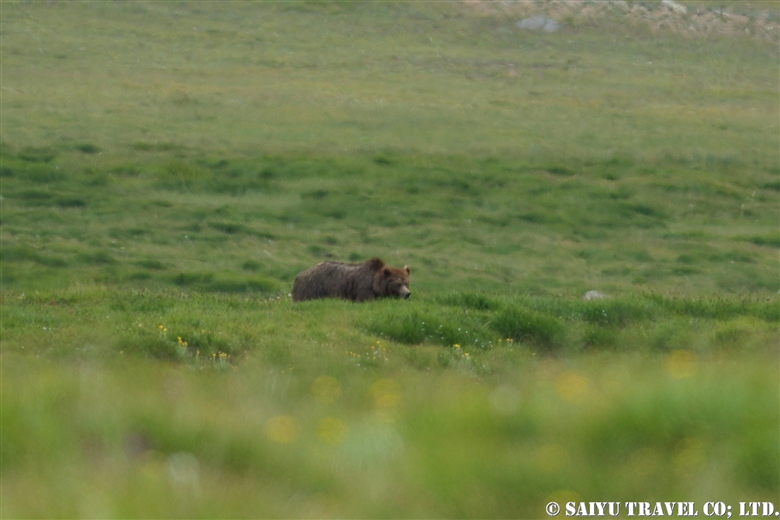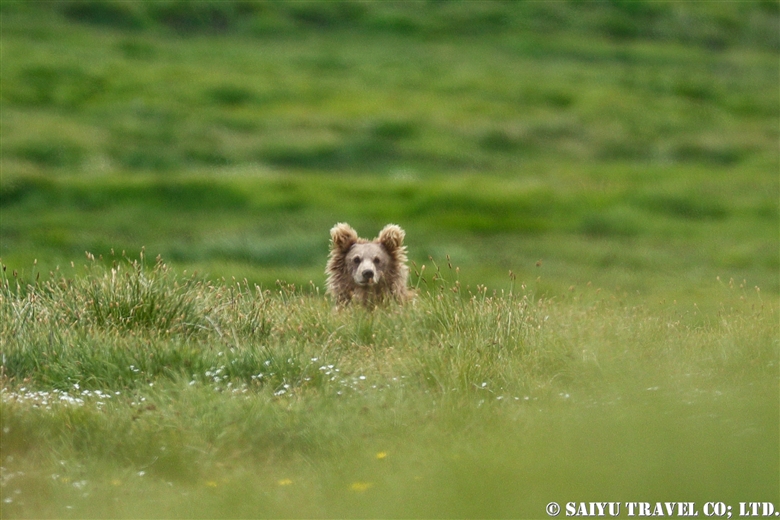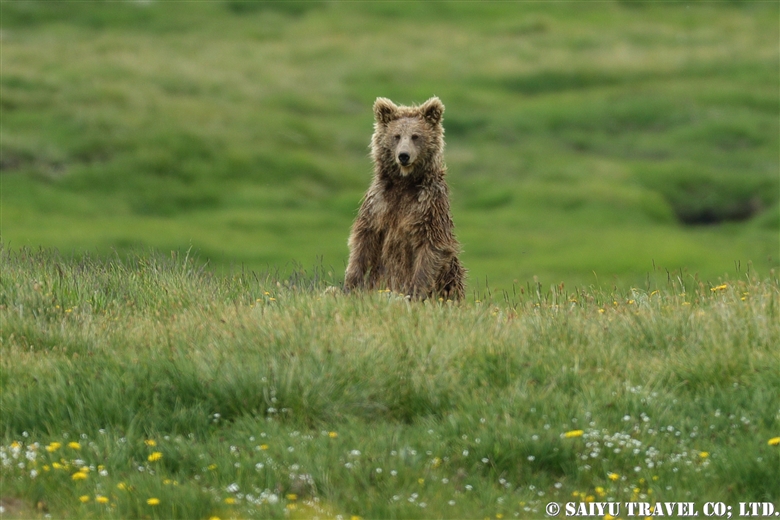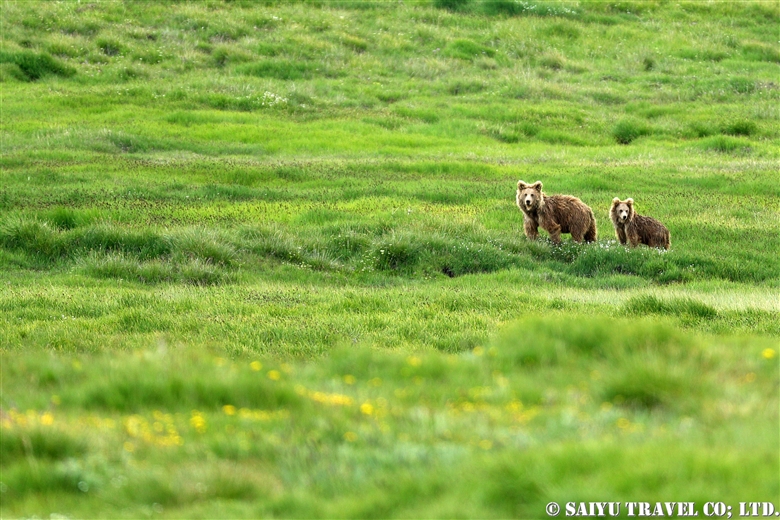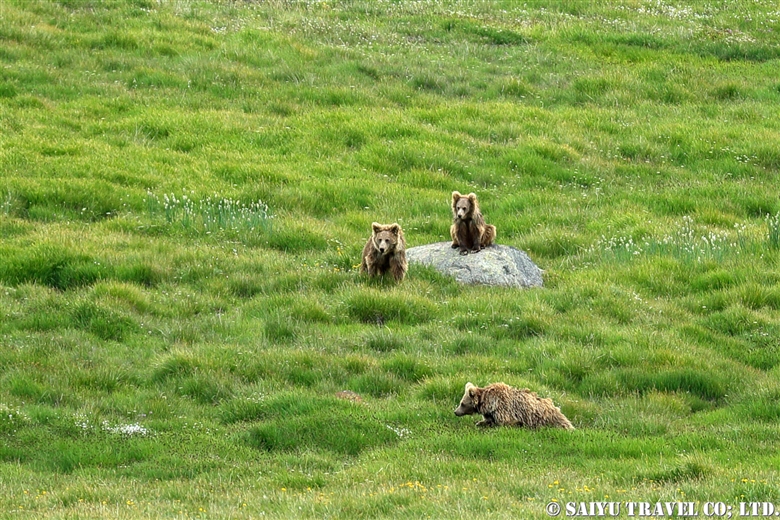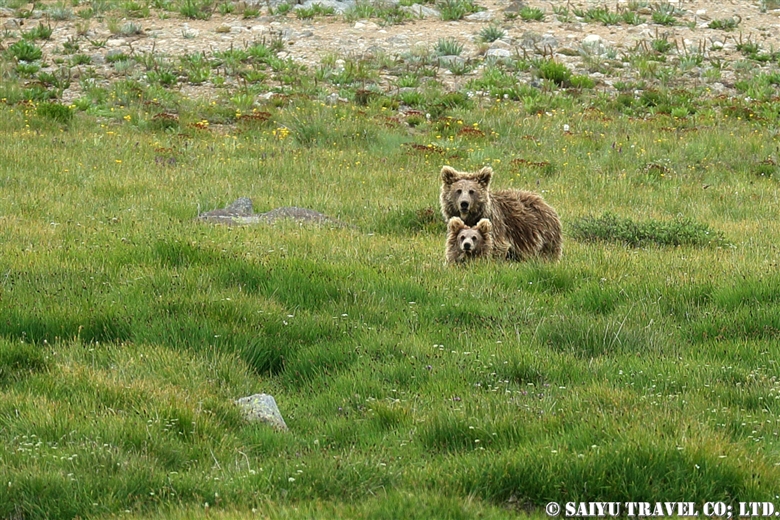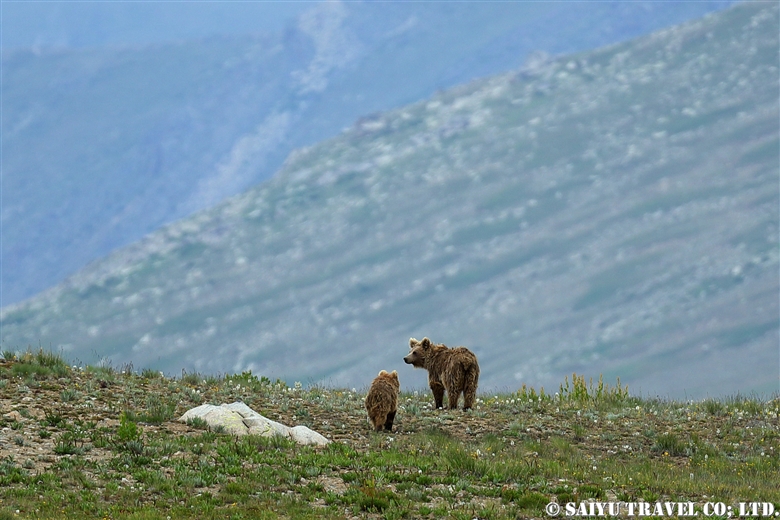
In autumn, we went to Deosai National Park in search of Himalayan brown bears before they hibernate. This is a report on the wildlife of the plateau as autumn deepens.
We entered Deosai National Park from the Chilum Check Post on the Astor side. At the entrance, there was a very beautiful photo of a Himalayan brown bear in summer.

From the entrance to the National Park in Chilam, we gained more and more altitude as we headed toward the plateau. On the way, we observed birds. We were able to spot only a few birds on the plateau this time—we found many more on the way up from Chilam to Sheosar Lake.



As we approached Sheosar Lake with Nanga Parbat in sight, we saw an animal that looked like a dog ahead of us. “Do dogs come here?” I asked to the staff. “No, I don’t think so—it’s too far from the houses,” he replied. We searched for a while but could not find the animal. Thinking we had simply misidentified it, we went to the shore of Sheosar Lake instead. There, we happened to come across the animal in question—it had been a wolf. In the Deosai Plateau, Tibetan wolves are more difficult to run into than even brown bears!


This wolf did not appear to be a pack member, but rather a lone wolf. We had two subsequent opportunities to observe Tibetan wolves at a distance during our stay on the Deosai Plateau, but both times they were alone. The national park staff also found it unusual to see wolves three times during our five-day stay, and speculated that the wolves might have been actively hunting for marmots before the rodents entered hibernation.
Once on the Deosai Plateau, we passed through Sheosar Lake and Kala Pani to the campsite at Bara Pani.


There are many tourists in the vicinity of Sheosar Lake, and the long-tailed marmots show up expecting to be fed. Some of them are quite accustomed to people—no doubt the national park authority should be stricter about tourists feeding the wild animals.

Our camp in Bara Pani. This is a private camp established in the ranger staff facility area. The Indus Caravan camping team, active in the mountains during the summer, has set up a tent, a dining tent, and a toilet tent. We camped out in the wilderness, with a river flowing right in front of our tents.



We spotted a male Himalayan brown bear. We photographed him from a distance so he wouldn’t notice us. The wind direction was not in our favor, so we were only able to observe it from a distance. We then tried to get closer to the mother and cubs who were behind this bear.

We spotted a male Himalayan brown bear. We photographed him from a distance so he wouldn’t notice us. The wind direction was not in our favor, so we were only able to observe it from a distance. We then tried to get closer to the mother and cubs who were behind this bear.



The Himalayan brown bear is a subspecies of brown bear that inhabits the northern mountainous regions of India, Pakistan, and Afghanistan. In the last census (2022), the presence of 77 of these animals was confirmed in the national park. Three animals were fitted with transmitters in the autumn of 2023, and their previously unknown hibernation sites were at last discovered. Two of the three had descended into the Astor Valley to hibernate, and one was hibernating near Bara Pani on the Deosai Plateau.

The wind was on our side, and the brown bears began to come closer to us. They seemed to know that something was out there and watched us with interest.


We had lunch on the plateau with our observation team. When I served onigiri (rice balls), one of the staff members said, “This is Japan’s anime food!” It turned out that our animal-loving staff also loved Japanese anime.
As an additional note, Himalayan brown bears can be very timid and can only be observed from a distance. The small black dot in the center of the photo below is a Himalayan brown bear. At night, however, they become bolder—and even approached our camp.


A Himalayan brown bear appeared at our camp. When no one is around, they approach camps looking for food. This one didn’t run away immediately when we shone a light on it. Though they are rather timid during the day, at night they are very imposing…. I wonder if they think we can’t see them in the dark… Himalayan brown bears came on all four nights we spent there. Moreover, it was a different bear each day. There is an urgent need to control food and garbage at national park campsites to prevent accidents.
Text & Photo: Mariko SAWADA
Visit: Sep 2024, Deosai National Park-Gilgit Baltistan
Visit our web site “Wildlife of Pakistan”
*Contact us, Indus Caravan for more information or to make arrangements for your ” Wildlife observation ” in Pakistan.
*Please follow us on Youtube, Instagram & Facebook
Category : ◆ Gilgit-Baltistan > - Deosai National ParkTag : Pakistan Travel company , Deosai Plateau , Pakistan tour operator , Gilgit-Baltistan , Pakistan Photography Tour , Himalayan Brown Bear , Wildlife photography tour Pakistan , Pakistan Blog , Brown Bear , Pakistan Travel Blog , Save wildlife in Pakistan , Wildlife of Pakistan , Indus Caravan , Bear watching , Deosai National Park





